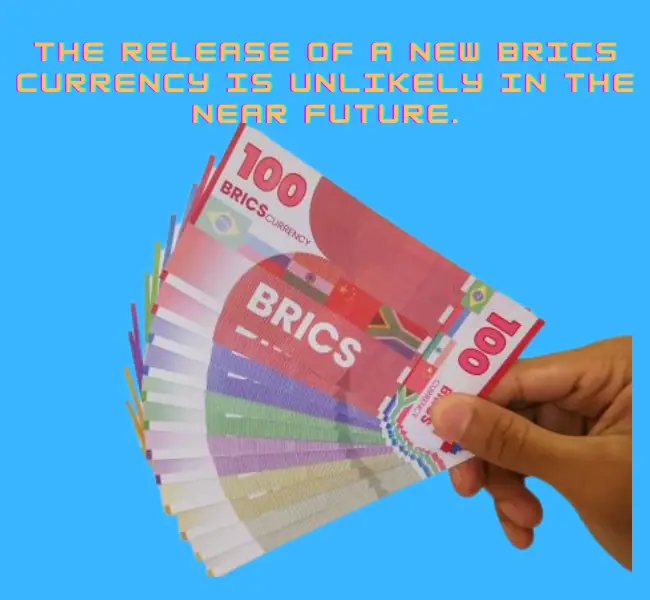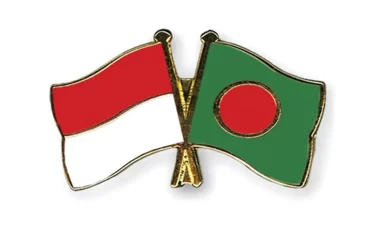On August 23, 2023, Brazil’s President Lula made a bold proposition during the BRICS summit. He called upon the BRICS nations—comprising Brazil, Russia, India, China, and South Africa—to collaborate in the creation of a common currency tailored for trade and investment within the group. This proposal aims to shield these nations from the vulnerabilities stemming from fluctuations in the US dollar exchange rate. While the idea has gained traction, it faces a multitude of challenges.
The Motivation Behind Lula’s Vision
The driving force behind President Lula’s advocacy for a BRICS currency is economic autonomy and resilience. He contends that there should not be any obligation to conduct international trade exclusively in dollars.
Furthermore, Lula has previously championed the idea of a common currency within the Mercosur bloc. Mercosur is a group of South American countries. In Lula’s perspective, a BRICS currency represents an avenue to “increase our payment options and reduce our vulnerabilities.” It is a compelling proposition in an era marked by global economic uncertainties.

In 2022, Russian President Vladimir Putin first introduced the BRICS proposal for an international reserve currency to challenge the US dollar’s global reserve status. The proposed BRICS currency would be backed by gold.
Russia and China are also undertaking de-dollarization efforts by diversifying their foreign currency reserves and increasing their investment in gold. The Russia-China de-dollarization efforts will have significant implications for the US and the global financial system.
Mixed Sentiments Among BRICS Leaders
President Lula’s spirited push for this initiative has elicited varied responses from other BRICS leaders. Initially, South African officials stated that a BRICS currency was not part of the summit’s agenda. India’s foreign minister also denied any concrete plans for such a currency, though discussions regarding bolstering trade in national currencies held. Russia’s President, Vladimir Putin, expressed interest in discussing the possibility of transitioning trade between member countries away from the US dollar. Intriguingly, China has remained conspicuously silent on the matter.
However, as major oil-exporting nations such as Iran, Saudia Arabia, and UAE join BRICS, the shift towards local currency settlements instead of relying on the US dollar becomes increasingly organic.
Navigating the Hurdles of a BRICS Currency
The establishment of a BRICS currency presents an array of formidable challenges.
As South African central bank governor Lesetja Kganyago astutely pointed out, it is inherently a “political project.” To materialize this currency, member nations would need to cultivate a banking union, a fiscal union, and attain macroeconomic convergence. Furthermore, a mechanism to enforce adherence to agreed-upon economic policies among member states would be indispensable. The establishment of a common central bank introduces questions regarding its location and governance structure.
Another significant challenge is the prevalence of trade imbalances within the BRICS group. Herbert Poenisch, a senior fellow at Zhejiang University, underscored the fact that all BRICS member countries predominantly engage in trade with China, leading to limited direct trade among themselves. Addressing these imbalances becomes paramount for the successful implementation of a BRICS currency.
Assessing the US Dollar’s Status
Part of the impetus behind contemplating a BRICS currency lies in concerns regarding the continued dominance of the US dollar in global trade and finance. Recent events, such as the US Federal Reserve’s interest rate hikes and geopolitical tensions, including Russia’s invasion of Ukraine, have contributed to the dollar’s strengthening. These developments resulted in dollar-denominated debt and imports becoming more expensive for countries other than the US.
Furthermore, Russia’s isolation from the global financial system due to sanctions has fueled speculations about non-Western allies seeking alternatives to the dollar. President Putin emphasized the ongoing “de-dollarization” of economic ties during the summit. Data from the International Monetary Fund reveals that the dollar’s share of official foreign exchange reserves dwindled to a 20-year low of 58% in the final quarter of 2022, dropping to 47% when adjusted for exchange rate fluctuations.
However, despite these trends, the US dollar continues to exert a considerable influence on global trade. It appears on one side of almost 90% of global forex transactions. Achieving de-dollarization necessitates widespread adoption of alternative currencies by exporters, importers, borrowers, lenders, and currency traders worldwide.
Summary of “When Will BRICS Currency Be Released?”
In conclusion, the proposal for a BRICS currency represents a pivotal moment in the reconfiguration of the international financial landscape. However, the release of a new BRICS currency is unlikely in the near future.
While it holds the promise of greater economic autonomy and reduced vulnerability for BRICS nations, the numerous challenges it faces, as well as the divergent opinions among member countries, must be meticulously addressed before such a currency materializes. Moreover, the path to diminishing the global dominance of the US dollar remains a complex and protracted endeavor.







